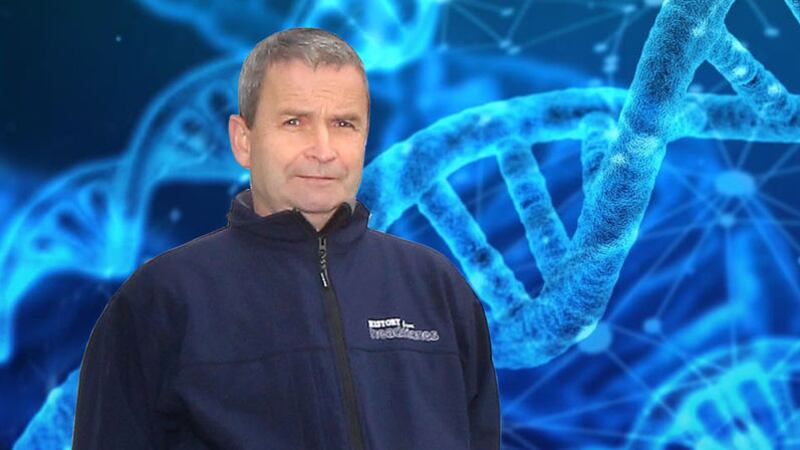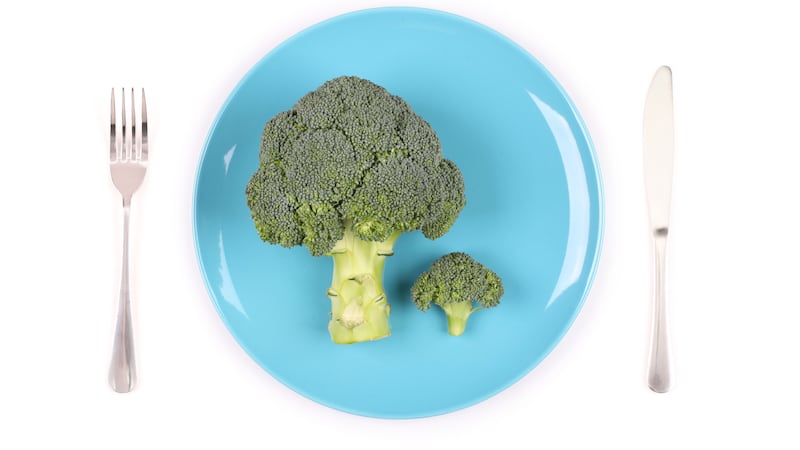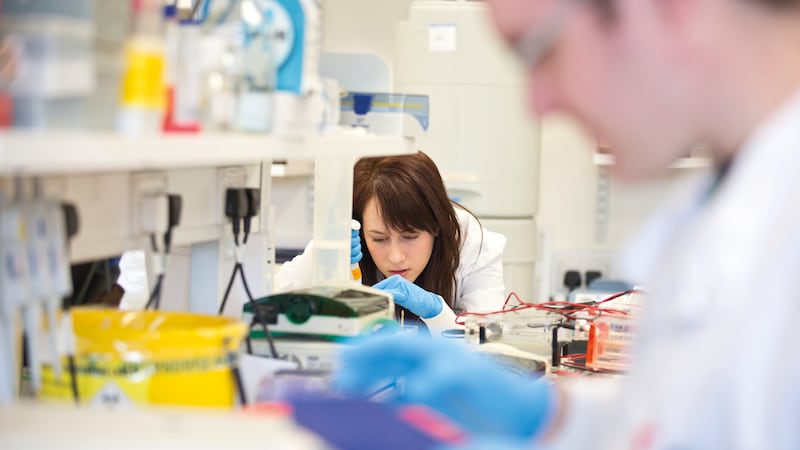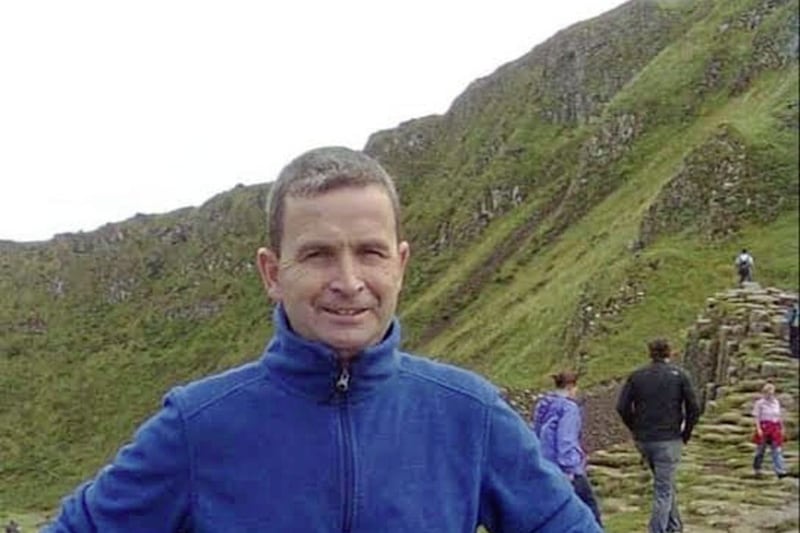Seamus Breslin, 57, believes he had a lucky escape when he was diagnosed with haemochromatosis seven years ago.
He was just 14 when his father dropped dead at the age of 50. He now believes it was because his dad also suffered from what is known as ‘the Celtic curse.’
The genetic disorder, caused by an overload of iron in the body, is especially prevalent among the Irish and other Celtic people. Early diagnosis is key, before the excess iron has a chance to damage vital organs, but early symptoms, which are often vague and sweeping, can easily be overlooked.
This, coupled with the fact that an ordinary blood count test fails to unmask the disease, adds to the confusion.
So prevalent is the condition in Ireland, that charity Haemochromatosis UK is launching a free cross community screening programme in Derry this summer - something which Mr Breslin, a former teacher who lives in the Creggan, said he has been campaigning for.
“When I was growing up here in Creggan, my father dropped dead in front of me in 1978 and he was 50. I was 14 at the time.
“I’m 57 now and everyone used to say, ‘working class man and maybe smoking and drinking at the weekend’. Well, if that’s the answer, why didn’t all his friends and brothers drop dead as well?
“Now we know haemochromatosis is genetic and it’s a wee gift I have gotten from my parents.”
Around one in 113 people in Northern Ireland are believed to have the condition, according to charity Haemochromatosis UK.
In the Republic, it is estimated that one in 83 people have it.
"So, we think roughly 1 per cent of the population have the condition”, said Neil McClements, the chief executive of Haemochromatosis UK.
Research suggests that the haemochromatosis mutation occurred in Ireland to conserve iron in the bodies of Celts who had lacked an iron-rich diet. This evolutionary development particularly affects those with ancestry in the British Isles and Ireland.
“It’s sort of like a toxic combination of genetics,” said Mr Breslin.
“I was presenting for six years before a local [doctor] actually picked it up.”
The father of six started noticing his symptoms after graduating as a mature student in 1993.
“I had to ring to get lifts home because my bones were getting sore and [I had] these joint pains.
“Then I got hit with a wild depression which was really unlike me. Then I started having problems with my bowels… It was such a combination.
“A lot of doctors said it was because of my teaching in schools in Creggan and the Bogside. It was a really tough job and I thought maybe that had been it.
“So, I used to get separate treatments; treatment for my joints, treatment for my depression, treatment for my bowels but nobody actually linked it up until it was a local doctor one time and saw that it could have been in my blood and started doing tests.”
Mr Breslin said that when he got diagnosed his iron count was 3,000, when it should ideally be below 50.
Once diagnosed, the treatment process was straightforward, with Altnaglevin Hospital in Derry bringing him in regularly for a venesection, which is the taking of blood.
Typically, a patient will be called into hospital to give blood every few weeks until their iron levels normalise. It took two years for Mr Breslin’s to normalise.
“People also used to say to me that I produce a lovely colour and that I can get a tan in the winter. People used to say if you got a good tan that you were an offspring of the Spanish Armada back in the day. Well, it turns out it was one of the symptoms of the iron overload.”
Mr Breslin has been left with some lasting damage, with joint pain and it has had an impact on his mental health.
“I can’t supply teach anymore and I had to get onto this benefits system and it really brings you down… I educated myself to get out of poverty and illness took me back into it,” he said.
Two of the more serious consequences of untreated haemochromatosis can be heart damage and liver damage.
For some sufferers it is too late, including Irish Fianna Fáil politician, Brian Lenihen who died from liver disease in 1995.
Neil McClements, Chief Executive of Haemochromatosis UK, said: "The tragic thing is that most people don’t realise they have it [until some damage has been done].”
He said: “Common symptoms would be chronic fatigue. Another key symptom in the north of Ireland is joint pain, particularly in the first two fingers of each hand and you can also have joint pain elsewhere in your body. You can have problems with your knees, your ankles. A lot of people who get a later diagnosis end up getting hip replacements because of the condition.
Recent research has exposed that this is not a rare disease - it’s just rarely diagnosed.
Mr McClements said: “We are working with a number of community groups in Derry to provide the genetic testing kits for free to people living within the city of Derry because we know the community living around the North West and the Foyle, we know how common it is.
“We will send them out to people through post and we will process them within one to two weeks as to whether they have the condition or not and develop relationships with their GP.
“That project is due to start in the summer and we are already working with groups in the city over the last few weeks just doing the planning for that and the testing kits themselves will become available by the end of July.
“What we are saying is early diagnosis saves lives. Let’s get on with it.”
Mr Breslin said he has been shocked by the amount of people in his local area “ringing and stopping me and going, ‘we have got that, we have got that’ and I always wonder how many people don’t know?”
He adds: “There is potential for a genetic time bomb…I’m sure there’s a load of people dying that don’t need to be dying, they just don’t realise it.”
Common symptoms of haemochromatosis are:
- chronic fatigue
- joint pain, particularly in the first two fingers of each hand
- problems with knees and ankles.
- bronzing of the skin, where someone looks like they have been somewhere sunny for a few weeks
Read More: Haemochromatosis is a ‘Celtic curse' which silently ‘destroys lives'






